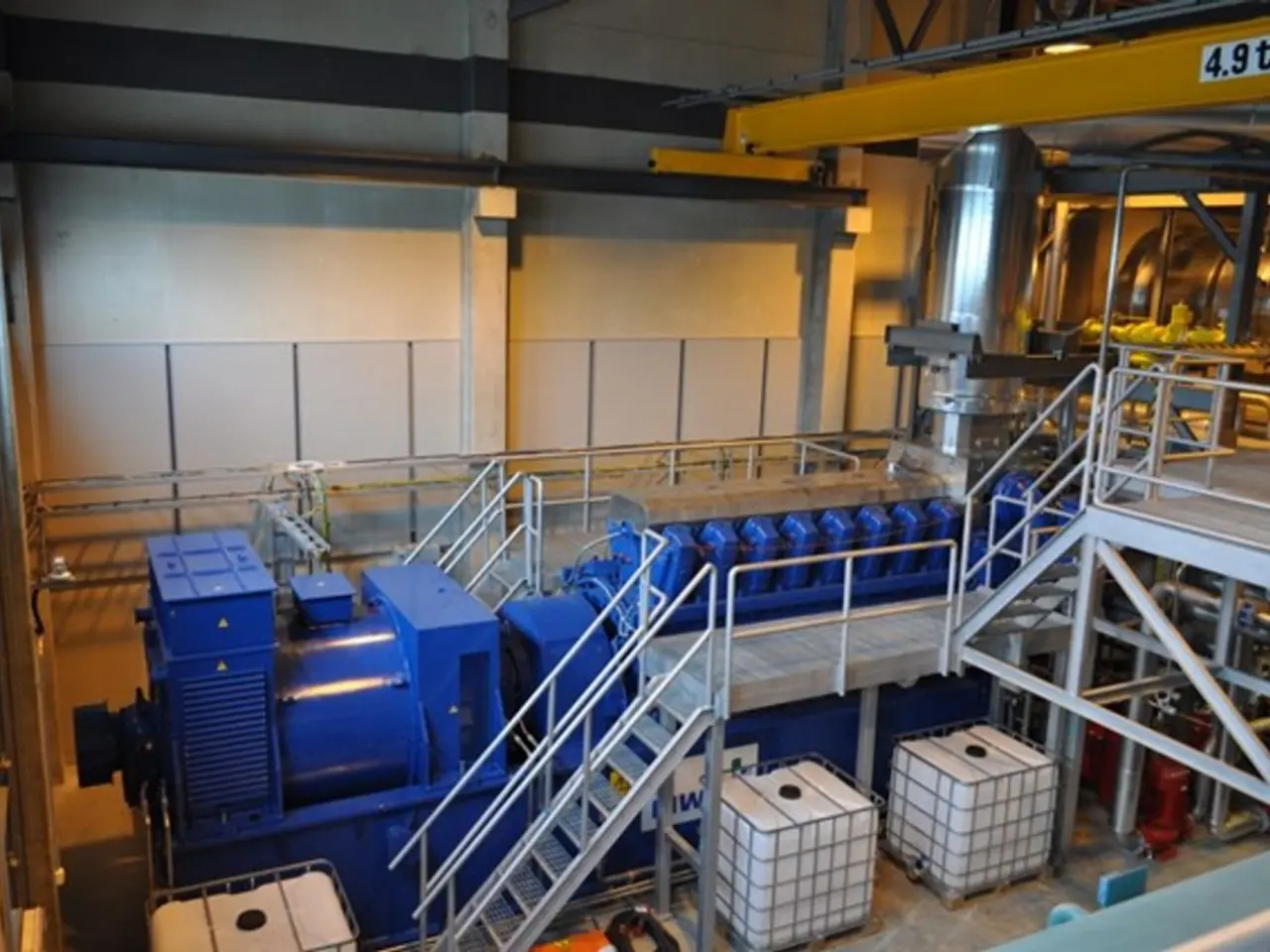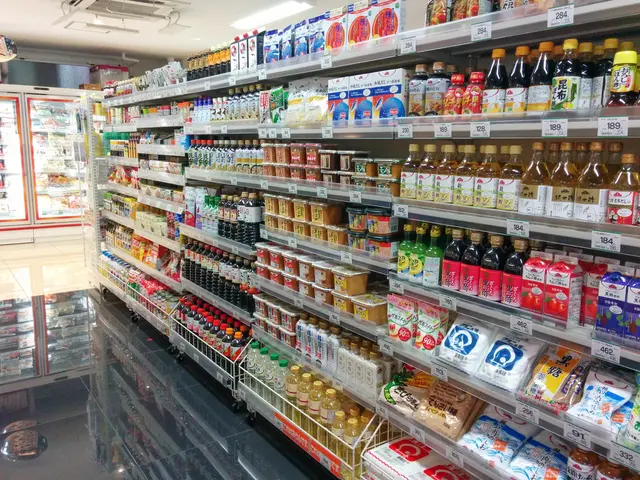Lower-priced electricity is set to be made available for Sindh residents, according to the minister's announcement.
The Sindh Electric Power Regulatory Authority (Sepra) is set to revolutionize the electricity sector in Sindh, Pakistan, with its independent generation and distribution of power through the Sindh Transmission and Dispatch Company (STDC). The Sindh Assembly has approved the establishment of Sepra, and the energy minister, Nasir Hussain Shah, has announced that people have been recruited for the new entity [1][2][3].
In a significant move, Sepra will operate independently from the National Electric Power Regulatory Authority (Nepra), which currently regulates electricity prices nationwide. This independence is expected to lead to cheaper electricity rates, with the minister stating that the rates under Sepra will be much lower than those charged by K-Electric, Karachi's current sole electricity supplier [1].
The first power supply under Sepra is planned for the Korangi industrial area, with the potential for benefits to extend to Karachi's residents as well [1]. The revised tariff will apply to all power distribution companies, including K-Electric consumers [4].
However, the success of Sepra depends on several factors. The framework lacks detailed clarity about where STDC will source its electricity. Most lower-cost producers in Sindh, including nuclear plants, are federally owned, which may limit preferential access or price advantages for Sepra [5]. Local coal and fossil fuel plants available to Sindh may not offer dramatically lower costs, and reliance on imports could raise costs rather than reduce them [5].
Existing provincial distribution companies face inefficiency and governance issues, which could undermine operational effectiveness and cost savings if not addressed [5]. The success of Sepra also hinges on overcoming technical and managerial challenges in transmission and distribution infrastructure, as well as transparent adoption of renewable sources and governance reform [5].
Despite these challenges, the establishment of Sepra is a significant step towards providing cheaper and more reliable electricity to the people of Sindh. The price reduction is expected to provide a total relief of Rs55.8 billion to electricity consumers across the country [4]. The adjustment will be shown in the August bills, as stated in a notification [3].
References: [1] Dawn.com. (2022). Sindh Assembly approves bill to establish Sindh Electric Power Regulatory Authority. [online] Available at: https://www.dawn.com/news/1672837
[2] The News. (2022). Sindh govt to establish Sindh Electric Power Regulatory Authority (Sepra). [online] Available at: https://www.thenews.com.pk/latest/814578-sindh-govt-to-establish-sindh-electric-power-regulatory-authority-sepra
[3] Pro Pakistani. (2022). Sindh Electric Power Regulatory Authority (Sepra) to start functioning from August 2022. [online] Available at: https://propakistani.pk/2022/07/25/sindh-electric-power-regulatory-authority-sepra-to-start-functioning-from-august-2022/
[4] The Express Tribune. (2022). Sindh govt to provide cheap electricity to Karachi's industry, residents under Sepra. [online] Available at: https://tribune.com.pk/story/2281636/sindh-govt-to-provide-cheap-electricity-to-karachis-industry-residents-under-sepra
[5] The News. (2022). Sepra: Challenges and opportunities for Sindh's electricity sector. [online] Available at: https://www.thenews.com.pk/latest/816332-sepra-challenges-and-opportunities-for-sindhs-electricity-sector
- The Sindh Electric Power Regulatory Authority (Sepra) is anticipated to operate independently from the National Electric Power Regulatory Authority (Nepra), allowing for potential lower electricity rates compared to those charged by K-Electric.
- The revised tariff under Sepra will apply not only to the Korangi industrial area, but also to all power distribution companies across Pakistan, including K-Electric consumers.
- The success of Sepra depends on various factors, such as securing electricity sources, addressing inefficiencies in provincial distribution companies, and overcoming technical and managerial challenges in transmission and distribution infrastructure.
- The establishment of Sepra aims to provide a total relief of Rs55.8 billion to electricity consumers across the country, with this adjustment expected to be seen in the August bills, as stated in a notification.




